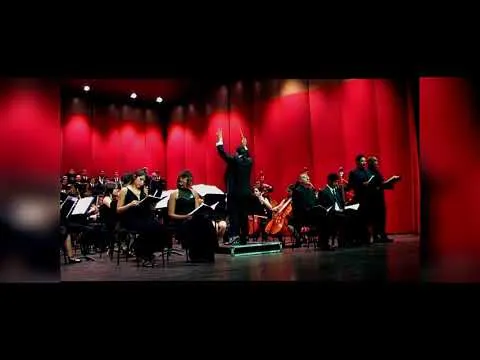The trombone solo in the Tuba mirum of Wolfgang Mozart's Requiem is one of the most important solos for trombone in orchestral literature. It appears in almost all tenor trombone auditions, be it an audition for the university or a professional symphony orchestra. As most trombonists know, Mozart (1756-1791) did not live to finish the Requiem and many people have intervened to put the piece in a playable form since Mozart's wife asked Franz Süssmayr to finish the piece shortly after of the death of the composer. A look at Mozart's manuscript shows us that he made very few marks to guide how the solo should be played.
Over the years, a type of established wisdom came to define how players should approach the solo. Süssmayr added the dynamics and many defamations, and most of the directors ask the players, after the initial opening of seven "fanfare" notes, to play the solo in a beautiful legato style. Audition committees seem to expect this style too.
But I wonder if it is not time to review how we play this alone. I think it's possible that we've been getting close.
The movement of "historically informed performance practices" (HIPs) of recent years has helped us review our thinking about this in some important ways. First, many reproductions of Mozart's Tuba mirum trombone solo, including its inclusion in many books of orchestral excerpts, have shown that the beat of the movement is the common time, or 4/4. But when we look at Mozart's manuscript, we see that the composer clearly intended that the movement be in cut-off time, or 2/2.
